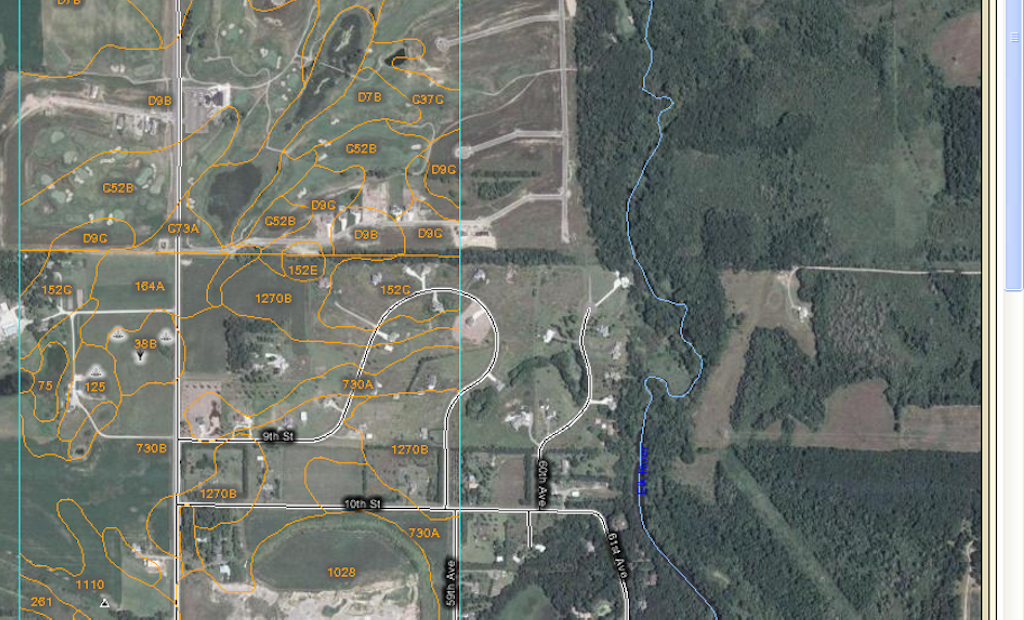A good site evaluation is key to the design process and provides sufficient information to select a suitable, cost-effective treatment system. To this end, a site evaluation should be a systematic process that provides information with enough detail to be useful for the design....
How to Begin a Site Evaluation
Popular Stories
Discussion
Comments on this site are submitted by users and are not endorsed by nor do they reflect the views or opinions of COLE Publishing, Inc. Comments are moderated before being posted.






